A few percent of the world’s saffron is produced in Iran
Ali Akbar Mehranfard, Deputy Minister of Commerce of Agriculture Jihad, at the opening ceremony of the Saffron futures contract at the Iranian Commodity Exchange, said that 336 tons of saffron were produced annually, of which 236 tons were produced, which means that Iran supplies 90 percent of the world’s saffron .
He adds: About 105 hectares of agricultural land are cultivated under saffron cultivation, 90 percent of which are located in Khorasan Razavi and South Khorasan provinces, with a yield of 3.3 kilograms per hectare, and is projected to amount to 8kg in the future. Ha.
The Deputy Minister of Commerce of the Ministry of Jihad-e-Agriculture pointed to the consumption of 25% of saffron consumption in the country: the volume of saffron production in the country is about 20-25% in the domestic sector and 75-80% is exported abroad, given that the production of saffron in the regions Dry and shallow water, and it has a high export value, and the price of this product should be determined as best as possible and with the removal of intermediate barriers in order to enable farmers working in rural areas to get their product at the best and most suitable time. Sell the price.
In a statement explaining the conditions for improving saffron production in the country, Mehfrdr stated: factors such as technology upgrading, diversification of saffron practices, genetic registration and standardization are among the factors that should be considered in order to improve the production and sale of saffron to enhance the quality of this product. To be
He stated that the saffron business was facing two challenges of not combining farmers and a lack of sufficient liquidity to produce, so that the saffron would not be sold at a given time, and the price would not be logical, in this regard, the Rural Cooperative Organization this year 67 people bought saffron from villagers to reduce farmers’ losses and stop the border.
He pointed out that other challenges to saffron competition are the negative competition of Iran’s exporters abroad to determine the price of saffron, which will allow foreign applicants to buy saffron in Iran, which will cause the Iranian market to become unbalanced and more fluctuate. The price of this product will be.
At the end, Mehfrard pointed out: Due to the high quality of Iranian saffron, the product should be sold at an international price and the production level management for this product should be set up in order to set up saffron’s past cash transactions and future saffron futures. Which took place on the current day, can greatly reduce the problems of this sector.
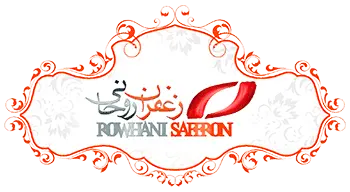

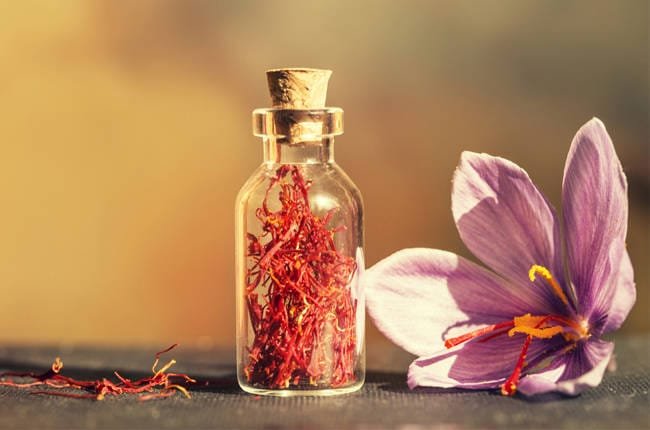
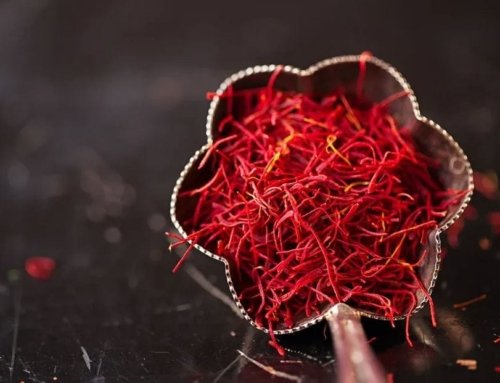
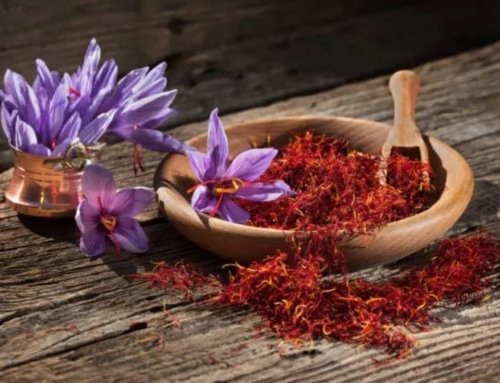
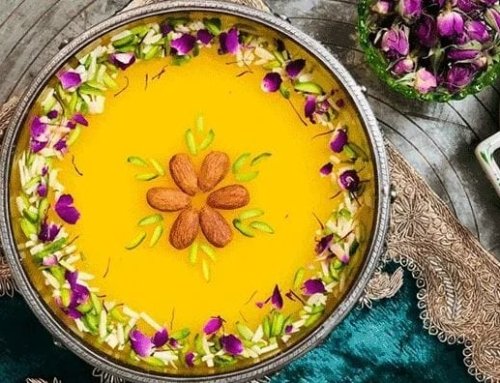
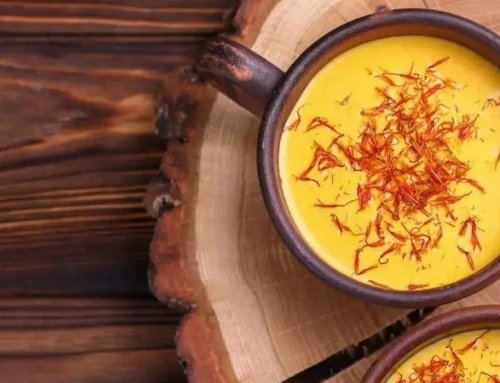
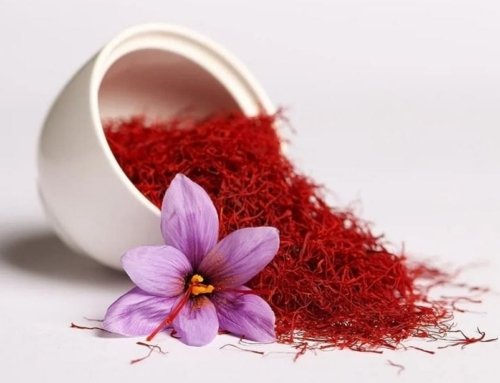
Get Social